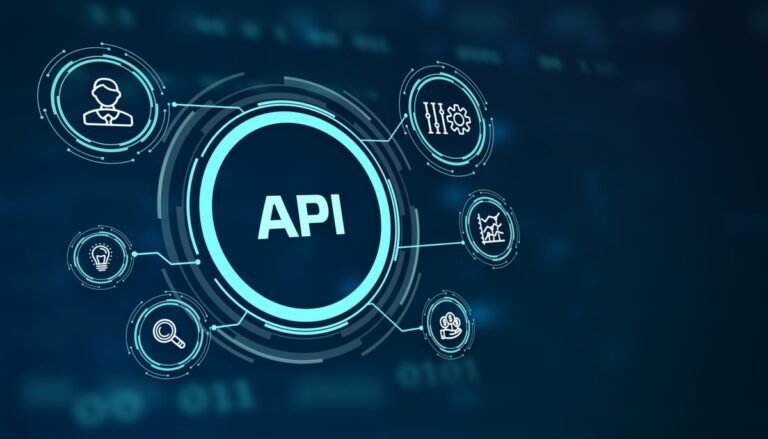
But the enormous growth of API usage — around half of all internet traffic — is putting businesses’ data at risk.
Cybersecurity startup Vorlon says it helps businesses protect their data from such incidents using its platform, and raised $15.7 million to improve its technology.
Founded in 2022 by former Palo Alto Networks executives Amir Khayat and Amichay Spivak, Vorlon analyzes network traffic to detect and remediate potential API abuse in real-time.
Vorlon uses AI to analyze and map all the API communication it monitors and translate it into human-readable language.
Khayat said Vorlon doesn’t send chatbot data anywhere; instead, it sends user queries to its own databases, and the chatbot will return the information from the startup’s database.

Noname Security, a cybersecurity startup that protects APIs, is in advanced talks with Akamai Technologies to sell itself for $500 million, according to a person familiar with the deal.
Noname was co-founded in 2020 by Oz Galan and Shay Levi and is headquartered in Palo Alto but has Israeli roots.
The startup raised $220 million from venture investors and was last valued at $1 billion in December 2021 when it raised $135 million in a Series C led by Georgian and Lightspeed.
While the sale price is a significant discount from that valuation, the deal as it currently stands would be for cash, the person said.
In February, Israeli news outlet Calcalist reported that Noname was in negotiations with several potential buyers, including Akamai.
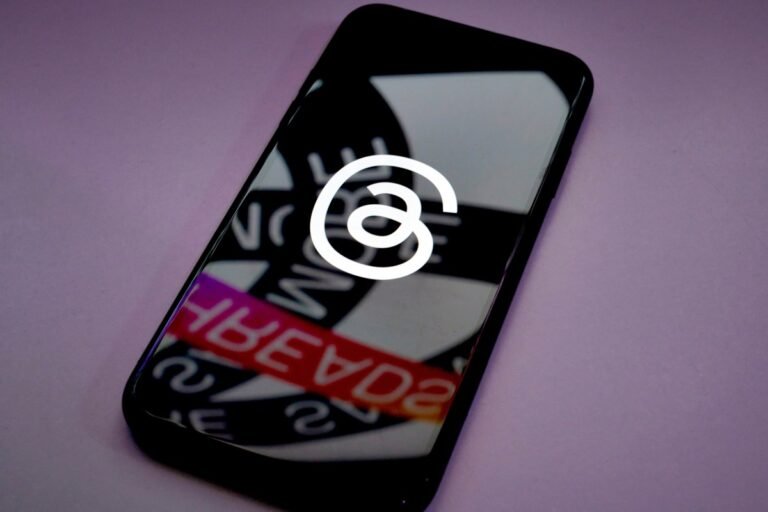
For instance, those who want to track analytics around Threads’ posts can use an Insights API to retrieve things like views, likes, replies, reposts, and quotes.
There are also details on how to publish posts and media via the API, retrieve replies, and a series of troubleshooting tips.
So far, Threads API beta testers have included social tool makers like Sprinklr, Sprout Social, Social News Desk, Hootsuite, and tech news board Techmeme.
Instead, users still have to visit their settings in the Threads app itself to publish to the fediverse.
Meta says the new documentation will be updated over time as it gathers feedback from developers.

Just about everyone is trying to get a piece of the generative AI action these days.
While lacking the brand name recognition of some of these other players, it boasts the largest open source model API with over 12,000 users, per the company.
That kind of open source traction tends to attract investor attention, and the company has raised $25 million so far.
“It can be either off the shelf, open source models or the models we tune or the models our customer can tune by themselves.
Being an API, developers can plug it into their application, bring their model of choice trained on their data, and add generative AI capabilities like asking questions very quickly.

Social network X (formerly Twitter) launched new top-up packs for its developer API program on Tuesday.
Last year, Elon Musk curtailed free API access and released new paid tiers with the basic level starting at $100 per month.
With the new top-up launch, the social network said that there are also limits to the number of upgrades developers can purchase.
Developers with basic tier are capped at 10 top-ups and developers with pro tier are capped at 5 top-ups per month.
The company’s alternations to its API rules also impacted researchers and their ability to study the platform’s data.
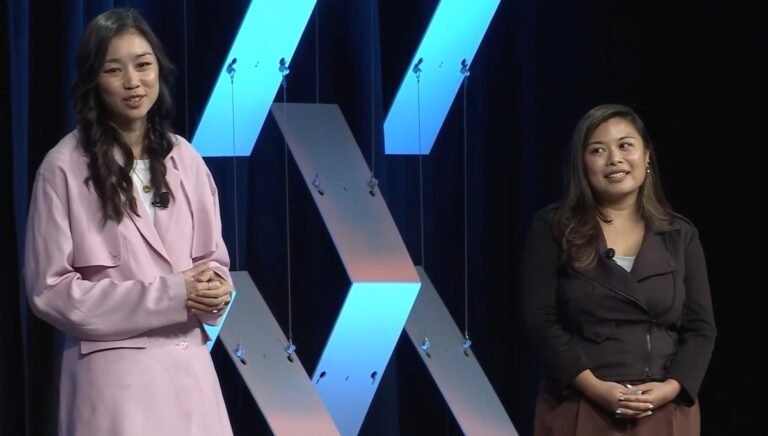
The original version of Block Party was built on top of Twitter’s API to automate the process of blocking bad actors, trolls, harassers, and others.
However, Twitter’s API crackdown meant that Block Party’s ability to operate was immediately impacted.
That product, now on hiatus, has since been rebranded Block Party Classic.
Privacy Party will also act like middleware here, allowing users to interact with platforms and services to adjust their privacy settings with fewer clicks.
“They also present controls that you have including an additional level of control that automates finding and fixing privacy settings for you.”Chou did not say when Privacy Party would exit beta, but it’s free to use for the time being.
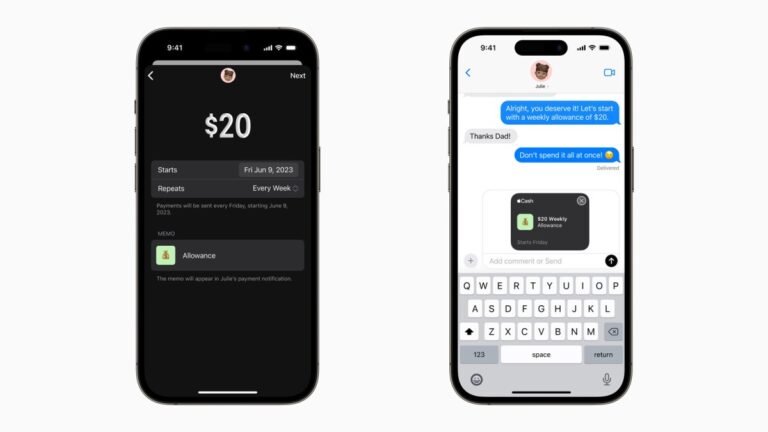
But the company has also released a new API called FinanceKit that lets developers fetch transactions and balance information from Apple Card, Apple Cash, and Savings with Apple.
The most requested credit card integration is now live on Copilot Money 💳 Starting today, Copilot can keep track of your Apple Card, Apple Cash, and Savings accounts.
It released the Apple Card in 2019.
Earlier this year, it said that Apple Card users earned $1 billion in daily cash rewards in 2023.
In April 2023, Apple launched a savings account with a 4.15% APY in partnership with Goldman Sachs.

TikTok is introducing a data portability API to help it comply with new European regulations designed to rein in Big Tech’s market dominance through various obligations and restrictions.
Data transfersData portability and interoperability constitutes a major part of the DMA regulations, and tech companies have been bolstering their efforts on this front for several years in preparation.
Thus the data portability API goes some way toward addressing that limitation, allowing third-party developers to build conduits for data to travel from TikTok to their own apps — if the user authorizes this.
Through the API, developers can request access to “all available data,” or individual categories including TikTok posts and profile data, activity, and direct messages (DMs).
The data portability API is available to applicants globally, but the developer must be able to demonstrate a “well-defined use case” before they will be approved.
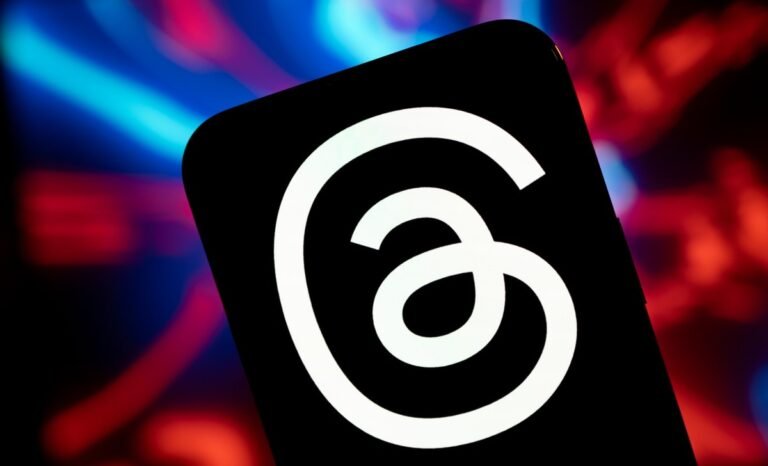
Threads says it will make its API broadly available by JuneMeta-owned social network Threads said today that it will make its API broadly available to developers by June.
Engineer Jesse Chen posted that the company has been building the API for the past few months.
The API currently allows users to authenticate, publish threads and fetch the content they post through these tools.
Last October, Instagram head Adam Mosseri first confirmed that the social platform is working on an API to enable third-party experiences.
While Meta has committed to adopting ActivityPub protocol for Threads and joining the fediverse, the company hasn’t spoken openly about allowing developers to build alternative Threads clients.
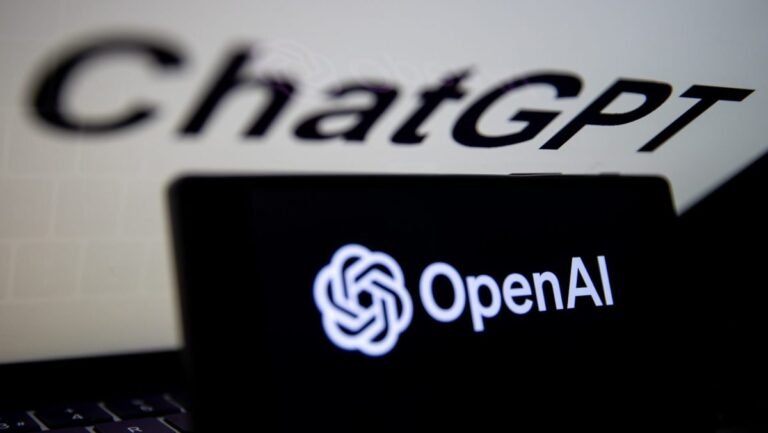
OpenAI is always making slight adjustments to its models and pricing, and today brings just such an occasion.
It’s also a popular API, being lower cost and faster than GPT-4 on a lot of tasks.
Hence the steady ratcheting down of prices — though it’s also a natural result of streamlining the models and improving their infrastructure.
GPT-3.5 Turbo also gets a new model version, 0125 (i.e.
And the company also released a new version of its free moderation API — which identifies potentially harmful text.













